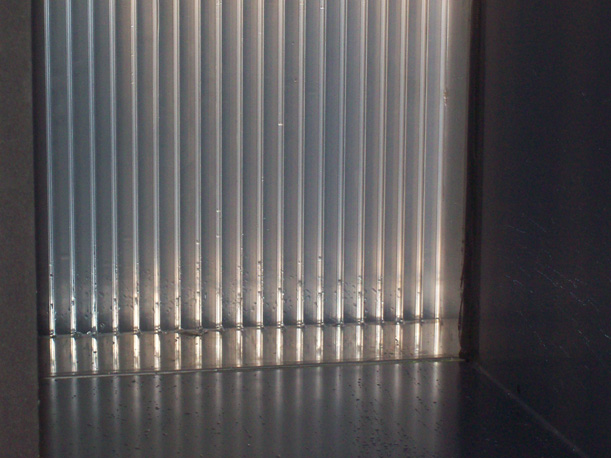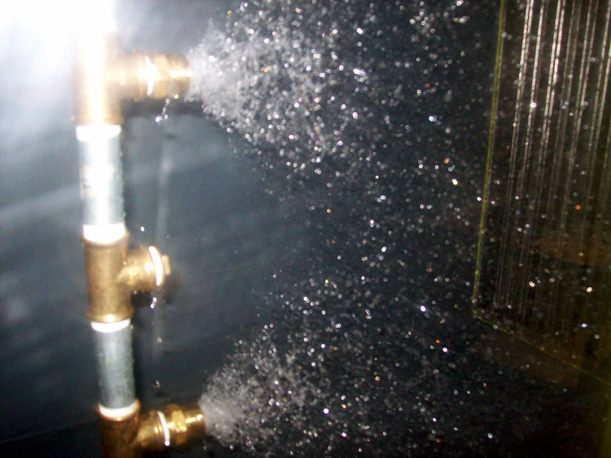Research and Development
Ensepatec Separators are research based,
laboratory- and field tested products
Primary research focusses on the reduction of loss of energy for a given spectrum of droplets / particulate sizes.
Ensepatec conducts science-based research and analysis of the technical performance of its separators. Our separators are subject of laboratory testing before going into operation.
1. Droplet measurement technology – measuring fractional efficiency
Ensepatec uses two droplet measurement technologies to conduct separation performance measurement.
AIMS method
This method directly converts the impaction of droplets into sizes and quantities
The DC-IV tool is based on the hot-wire technology and is capable of detecing droplets in a range between 1µm and 600µm. Ensepatec provides detailed technical performance data for the removal efficiency of droplets and particulates.
The method is one of the referred to the VDI3679-3 technical directive of VDI (Verein Deutscher Ingenieure – Association of German Engineers)

Picture: DC-IV Analyser

Picture: Output of the DC-IV Analyser
2. Measuring liquid drain capacity
Measuring the liquid drain capacity of a separator is an important performance parameter.
The liquid drain capacity characterizes the ability of a separator to drain separated liquid safely from a gas stream – without re-entrainment.
Depending on the type of separation internal, the drain capacity can vary from low to high.
Combinations of an Inlet gas distributor and a vane type separator have the highest liquid removal capacity. Such combinations are very common in knock-out drums.

Picture: Backside of a vane type separator in the testrig

Picture: Spraying liquid into a vane type separator
3. Measuring anti-icing performance
Icing is a phenomenon that commonly occurs at high levels of relative humidity and ambient temperatures close to the freezing point of water. Ensepatec has verified the the anti-icing behaviour of its ColdSep product line for use in cold climates by testing the separators in supersaturated air at temperatures below zero degree C.

Picture: Test conditions during the product trials

Picture: Icing on the front-end of the vane
4. Measuring acoustical behaviour (sound pressure level)
The noise level of a separators can be an important design criteria. Especially when people are present in close proximity to a separator, such noise levels underlie limitations. Ensepatec has verified and tested the Sound Pressure Level (SPL) of its separators at different distances from the source of noise. We provide Sound Power Level and Sound Pressure Levels on client request.

Picture: Sound Pressure Level [dB] over Frequency [Hz]
Test rigs
Ensepatec maintains 6 testrigs for the exact determination of the product performance data. Our test rigs allow the verification of sample performance in both horizontal and vertical gas flows and provide the basis for the correlations to separator performance in fluidsystems other than air/water.
Measuring
- Droplet size removal efficiency
- Droplet sizes and quantities upstream and downstream of probes
- Pressure loss
- Solids fractions in filters
- Surface temperatures in anti-icing probes
- Sound pressure levels (SPL) and frequency anaylsis (FA)
- Laboratory analyses for the determination and validation of thermo-physical fluid-data